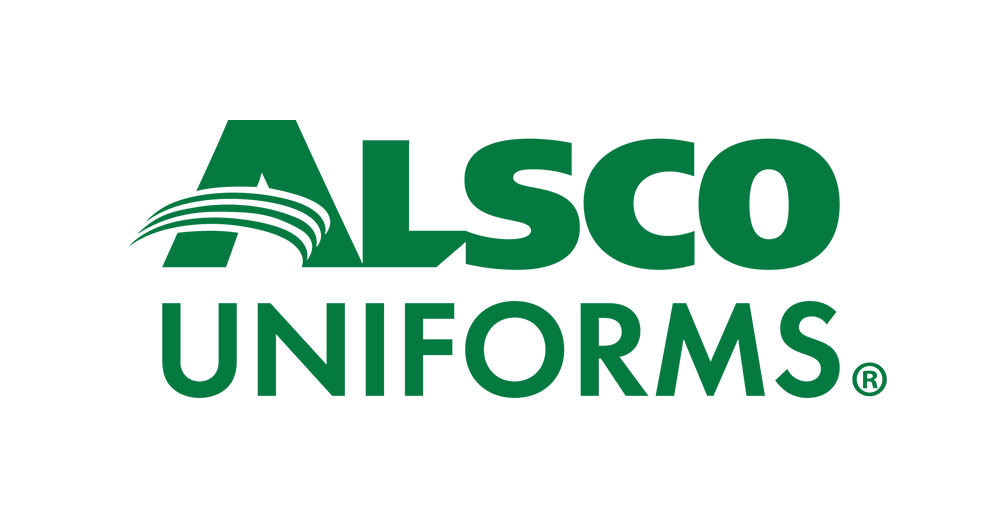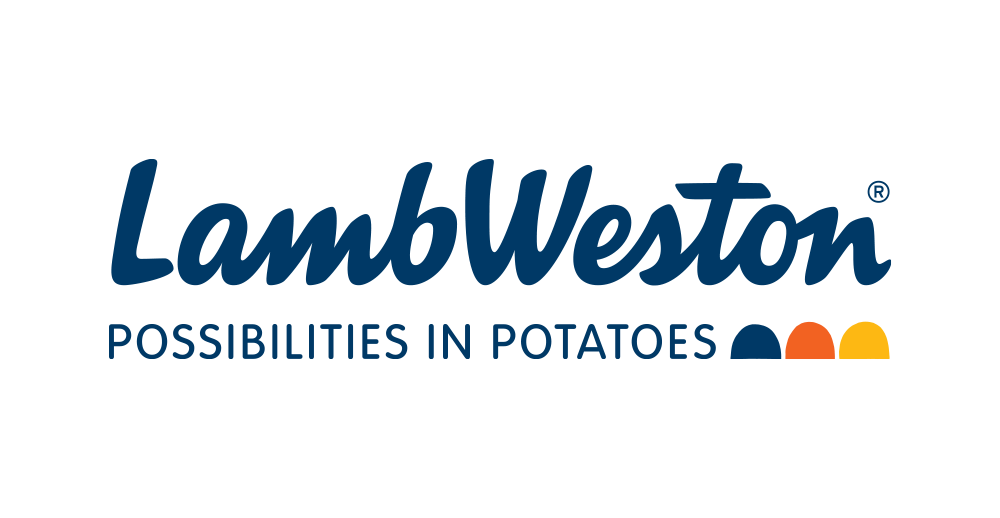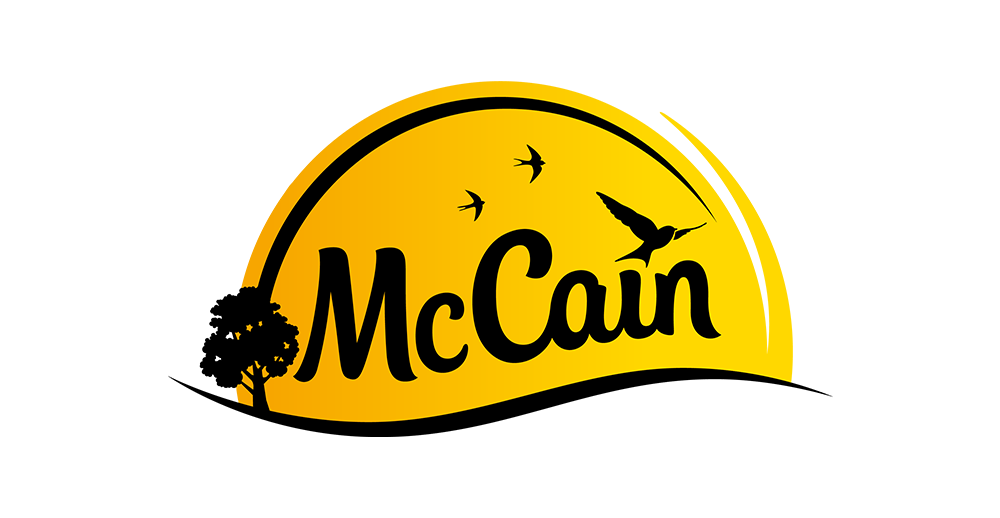
In the dynamic and highly competitive F&B industry, effective marketing strategies are crucial for driving success and setting brands apart from the crowd.
Whether you are a seasoned marketer or a passionate entrepreneur getting into the food and beverage world, this comprehensive guide will equip you with the knowledge and tools needed to thrive in the Asian F&B landscape.
Food and beverage marketing is more than just promoting products; it includes crafting stories, creating memorable experiences, and building strong consumer connections.
With an ever-evolving consumer landscape and the rise of digital platforms, mastering F&B marketing has become essential for businesses seeking growth and brand recognition.
This guide will explore various marketing strategies, from traditional advertising to the latest digital and social media techniques.
Join us as we explore multiple food and beverage marketing approaches, uncovering the factors of successful campaigns and providing actionable tips to make your brand stand out in a crowded marketplace.
Whether you are a restaurant owner, a beverage manufacturer, or a food blogger, this ultimate guide can help you make your mark in the Asian F&B sector.
Understanding Food and Beverage Marketing
Food and beverage marketing is a dynamic and essential aspect of the F&B industry. It involves diverse strategies and techniques to promote food products and brands to the target audience effectively.
From captivating advertisements to engaging social media campaigns, F&B marketing aims to create messages that resonate with consumers.
In today’s competitive landscape, understanding the ins and outs of F&B marketing is crucial for businesses seeking to stand out and attract loyal customers.
Successful marketing campaigns can make all the difference in driving sales, building brand loyalty, and creating memorable culinary experiences.
By exploring various techniques involved in F&B marketing, businesses can share campaigns that can attract customers and help them relate to the brand.
What is Food and Beverage Marketing?

Food and beverage marketing encompasses diverse strategies and techniques to showcase products and entice consumers. It’s the art of creating messages that resonate with potential customers’ emotions.
Think about those mouthwatering food advertisements you see – the ones that make you crave your favorite dishes. That’s the magic of F&B marketing at work! It’s all about capturing attention and ultimately driving consumers to try your products and services.
In today’s highly competitive F&B industry, effective marketing can be the key to success.
Whether introducing a new product, promoting seasonal delights, or establishing a brand identity, food and beverage marketing plays a vital role in shaping consumer choices.
So, let’s explore what goes into creating fruitful marketing campaigns for F&B businesses.
Key Elements of Successful F&B Marketing Campaigns
Creating a food and beverage marketing campaign is an art that can boost your business’s success. Here are the key elements that contribute to the success of F&B marketing campaigns:
- Branding
- Marketing storytelling
- Customer engagement
- Visual appeal
Let’s explore each of these elements in detail so you can utilize them for the success of your business venture.
Branding

Establishing a strong brand identity is the foundation of any successful F&B marketing campaign.
A compelling brand image creates a lasting impression on consumers, making them more likely to choose your products over competitors. Consistency in branding, from logos to packaging, builds trust and recognition.
Marketing Storytelling

Engaging storytelling is a powerful tool in F&B marketing. Telling the story behind your products, such as their origin, unique recipes, or the passion behind their creation, can create an emotional connection with consumers.
A well-crafted narrative can stir curiosity or excitement, making your products more appealing to the customers.
Customer Engagement

Interaction with customers is vital for successful F&B marketing. Engaging with your audience through social media, feedback surveys, or contests creates a sense of community and loyalty.
Encourage user-generated content and respond to feedback to show that you value your customers’ opinions.
Visual Appeal

Mouthwatering visuals play a significant role in F&B marketing. High-quality images and videos of your products can instantly captivate consumers and stimulate their appetites. Invest in professional food photography to showcase your food.
By blending these key elements in your F&B marketing campaigns, you can create an experience that attracts customers and keeps them coming back for more.
Understanding the F&B Consumer

Knowing your consumer is the key ingredient to success in the ever-evolving food and beverage industry. The F&B consumer is not just a hungry individual but a complex mix of tastes, preferences, and emotions.
To create a winning recipe for your business, it’s essential to understand who your consumers are and what makes them attracted to your brand.
First and foremost, consumers today are more conscious about what they consume. They seek healthier options, sustainability, and transparency in the ingredients used. As a result, F&B businesses must adapt to cater to these changing preferences.
Furthermore, the modern F&B consumer is digitally savvy and connected. They rely on social media, online reviews, and recommendations to make dining choices. This presents an opportunity for businesses to leverage digital platforms for targeted marketing and engagement.
Experiences also influence the F&B consumer. Creating memorable dining experiences beyond just food can leave a lasting impression and drive customer loyalty.
By understanding the F&B consumer’s mindset, businesses can improve their marketing strategies and drive more customers.
Identifying Target Audience in the F&B Industry
Understanding your target audience can help you understand who your customers are, what they crave, and how to satisfy their appetites. Let’s identify and understand your target audience to create an exciting dining experience.
Market Research

The first step is to conduct thorough market research. This involves gathering data on consumer preferences, buying behaviors, and trends in the F&B industry.
For instance, you can explore trends in the Asian coffee market, alternative protein market, dealing with food waste problems, and innovation in sustainable food packaging.
Analyzing market data helps you gain insights into what your potential customers are looking for and what influences their choices.
Consumer Behavior Analysis

Consumer behavior is the heartbeat of F&B marketing. You can identify patterns and preferences by studying how consumers interact with your products and competitors’ offerings.
Understanding their needs, aspirations, and pain points allows you to tailor your products and marketing messages accordingly.
Market Segmentation

Every customer is unique, and they have their own preferences. Market segmentation involves dividing the broader market into smaller, homogeneous groups based on age, location, lifestyle, and preferences.
This helps you create targeted marketing campaigns that resonate with specific customer segments.
Engaging with Your Audience

Don’t forget to engage with your audience directly. Social media platforms, surveys, and feedback forms are valuable tools to interact with customers, gather feedback, and build lasting relationships.
By blending market research, consumer behavior analysis, and market segmentation, you can create a recipe for success that can attract and engage your target audience.
Creating Consumer-Centric F&B Marketing Strategies
For the F&B industry, the main goal is to put the consumer at the heart of your marketing strategy.
Consumer-centric marketing goes beyond just selling products; it’s about building meaningful connections with your customers and catering to their unique preferences and needs.
Personalization is the key factor here. By understanding your consumers’ tastes, dietary preferences, and dining habits, you can serve targeted and relevant experiences that leave a lasting impact.
Whether offering personalized menu recommendations or exclusive loyalty rewards, customization shows your customers that you value their dedication.
Moreover, consumer-centric marketing fosters customer loyalty. Customers who feel understood and appreciated are more likely to return for more, becoming loyal brand advocates.
They’ll share their positive experiences with friends and family, generating positive buzz that can significantly boost your brand’s reputation.
Building brand trust is another crucial aspect of consumer-centric strategies. By being transparent, addressing feedback, and consistently delivering on promises, you cultivate trust and credibility, which are vital for sustained success in the competitive F&B landscape.
By embracing consumer-centric marketing and personalization, you can attract new customers and offer loyal customers personalized experiences.
Digital Marketing for F&B Businesses
Utilizing effective concepts of digital marketing allows F&B businesses to connect with their target audience dynamically and engagingly.
Digital marketing opens up a whole new world of possibilities. The digital landscape offers effective strategies to attract potential customers, from social media marketing and influencer collaborations to search engine optimization (SEO) and email campaigns.
One of the key advantages of digital marketing is its ability to reach a wider audience. With billions of people online, you can showcase your dishes and unique culinary experiences, such as the farm-to-table concept, to a global clientele.
Moreover, digital marketing enables personalized communication with customers. Through targeted ads and tailored content, you can serve up a customized experience that resonates with individual preferences and tastes.
By leveraging data analytics, F&B businesses can gain valuable insights into consumer behavior, helping them refine their marketing efforts for maximum impact.
Leveraging Social Media in F&B Marketing

Social media has become a playground for food and beverage marketing in today’s digital age. With billions of users worldwide, social platforms offer an exciting opportunity to reach and engage with your target audience like never before.
First and foremost, social media is a powerful tool for building restaurant brand awareness. By creating eye-catching posts, sharing food images, and crafting engaging content, you can showcase your F&B product and services to a vast audience.
Whether it’s a food photo or a behind-the-scenes video of your kitchen, social media allows you to grab the attention of potential customers with your posts.
One of the secret ingredients to success on social media is influencer marketing. Collaborating with food bloggers, chefs, or influencers can amplify your brand’s reach and credibility.
Their endorsements and reviews can spark curiosity and excitement among their followers, enticing them to try your culinary delights.
Customer engagement is another key benefit of social media marketing. Responding to comments, running polls, and hosting Q&A sessions create a sense of community and encourage meaningful interactions with your audience.
You build relationships that can translate into loyal patrons by actively engaging with your customers.
With a well-crafted strategy focusing on brand awareness, influencer partnerships, and customer engagement, you’ll be cooking up a recipe for social media success in no time!
The Impact of Content Marketing on the F&B Industry

Content marketing has emerged as a key player for success in the food and beverage industry. It’s not just about tasty dishes; it’s also about serving up valuable and engaging content that leaves a lasting impression on your audience.
Content marketing allows F&B businesses to tell unique stories, showcase their culinary expertise, and build a strong brand identity.
The possibilities are endless, from recipe blogs and visually captivating food photography to informative videos and interactive social media posts.
By creating valuable content, F&B businesses can establish themselves as authorities in their niche, earning customer trust and loyalty.
Sharing cooking tips, nutritional insights, and behind-the-scenes glimpses of your kitchen can elevate your brand positioning and foster a sense of connection with your audience.
Moreover, content marketing is a recipe for boosting your online visibility. Well-crafted content that resonates with your target market can attract visitors to your website and social media channels, increasing brand awareness and potential new customers.
So, if you want to stand out in the competitive F&B landscape, remember that the secret ingredient to success lies in delivering impactful content that nourishes your audience’s appetite for knowledge and connection.
Navigating Regulatory and Ethical Challenges
Businesses in the food and beverage industry face regulatory and ethical challenges. Complying with food safety standards, sustainability practices, and transparent labeling is vital for consumer trust.
Ethical considerations, such as sourcing responsibly and reducing food waste, are crucial to meet consumer expectations. Providing clear nutritional information and addressing health concerns is also essential.
F&B businesses must proactively stay informed on regulations, adopt sustainable practices, and prioritize consumer well-being to succeed. Building a reputation for integrity and social responsibility will resonate with the target audience.
Addressing Ethical Considerations in F&B Marketing
Ethical considerations play a pivotal role in food and beverage marketing. Responsible advertising, promoting healthy choices, and transparency are essential elements in building trust with consumers.
Ensuring marketing practices align with ethical standards helps maintain credibility and long-term customer loyalty.
Businesses must prioritize health-focused marketing campaigns and provide transparent information about their products.
Emphasizing ethical F&B marketing practices not only benefits the consumers but also contributes to the overall sustainability and reputation of the industry.
Complying with F&B Marketing Regulations
Navigating the regulatory landscape is crucial in food and beverage marketing. Adhering to advertising standards and labeling regulations is paramount to ensure transparency and consumer trust.
Meeting marketing legal compliance and following F&B advertising guidelines are essential to avoid potential legal repercussions and maintain a positive brand image.
By prioritizing compliance, businesses demonstrate their commitment to ethical practices and responsible advertising.
Embracing regulatory requirements protects consumers and fosters a fair and competitive marketplace in the food and beverage industry.
Measuring Success in F&B Marketing
Measuring success is essential to ensure strategies hit the sweet spot in the dynamic world of food and beverage marketing. It’s not just about serving delicious dishes; it’s about quantifying the impact of your efforts.
So, let’s dig into the metrics that gauge the effectiveness of F&B marketing.
Key Performance Indicators (KPIs) for F&B Marketing

Regarding F&B marketing, Key Performance Indicators (KPIs) are your best pals. These metrics provide valuable insights into sales growth, brand reach, and customer feedback. You’ll know if your marketing campaign is sizzling or fizzling by tracking these KPIs.
From the boost in sales figures to expanding your brand’s visibility, KPIs show the authentic taste of success. Customer feedback is the secret sauce that helps you understand what delights your patrons and where you can improve.
Embrace data-driven decision-making, and you’ll be cooking up F&B marketing strategies that leave a lasting impression.
Analyzing Return on Investment (ROI) in F&B Marketing

In the ever-evolving world of food and beverage marketing, understanding the return on investment (ROI) is a recipe for success.
ROI reveals the impact of your marketing initiatives. From digital campaigns to in-store promotions, analyzing the ROI helps you measure the real value of your efforts.
Data-driven decision-making is crucial in this process. By diving into F&B marketing analytics, you can assess the effectiveness of each strategy, identifying what’s cooking and what’s not. The insights you gather from this investment analysis will shape your marketing moves.
Just like a master chef tastes and adjusts the flavors, you, too, can refine your marketing game by evaluating the ROI. So, dish up those data-driven decisions and confidently serve your F&B marketing success!
Conclusion
First, we discussed the importance of putting consumers at the center of your marketing efforts. Creating personalized strategies, building trust in your brand, and nurturing customer loyalty is key to your success.
We also discussed the ethical aspects of F&B marketing, focusing on responsible advertising, transparency, and promoting healthy choices as core principles.
Additionally, we explored important indicators like sales growth, brand reach, and customer feedback that can help you gauge your marketing performance. By using data-driven insights to analyze return on investment (ROI), you can optimize your strategies and make smarter marketing decisions.
Embracing new trends, leveraging social media, and creating valuable content can help position your brand at the forefront.
Always remember your consumers are at the heart of everything. Keep their preferences, needs, and desires in mind – this approach will always lead your food and beverage marketing to success.


























